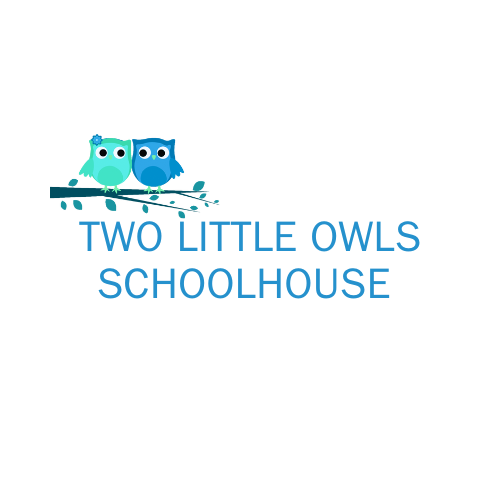Letting Go to Let them Grow: The Benefits of Encouraging Healthy Risk-Taking in Early Childhood
As a parent, the journey of nurturing a child is filled with a myriad of emotions, decisions, and learning curves. When Archie was about 11 months old, I introduced him to the Pikler Triangle. The fear of him falling and getting hurt was very real for me… However, this journey has been about retraining myself as a parent to encourage healthy risks. Through bumps and bruises, I've come to understand and embrace the importance of this approach in early childhood development.
Understanding Healthy Risk-Taking:
Healthy risk-taking involves allowing children to engage in activities that challenge their physical and emotional abilities, while still maintaining a safe environment. These activities are essential for their overall growth and development. They teach children about their own boundaries and capabilities and allow them to explore the world around them in a more meaningful way.
Personal Experience with the Pikler Triangle:
This simple climbing structure, designed for children to explore at their own pace, was a test of my own fears as much as it was a developmental tool for him. I watched as Archie navigated the triangle, his little fingers gripping the bars, his feet finding their footing. There were moments of triumph and moments of minor falls. But each of these instances was a learning experience, not just for Archie, but for me as well.
Developmental Benefits:
The benefits of healthy risk-taking in early childhood are profound:
Motor Skills Development: Engaging in physical challenges enhances coordination, balance, and strength.
Problem-Solving Abilities: As children assess risks and make decisions, they develop critical thinking skills.
Confidence and Resilience: Overcoming physical challenges builds self-esteem and the ability to face future challenges with a positive mindset.
Experts in child development consistently emphasize the importance of such experiences in early childhood. They argue that the skills learned in these formative years lay the foundation for a more adaptable and capable individual in the future.
Encouraging and Supporting Your Child:
Encouraging healthy risk-taking means finding a balance between being protective and permissive. It’s about being present and attentive, ready to step in when necessary, but also trusting in your child’s ability to learn and grow through experience. It's important to create an environment where they feel safe to explore and challenge themselves.
Navigating Bumps and Bruises:
It's natural for parents to fear injuries, but minor bumps and bruises are part of the learning process. They teach children about caution and resilience. As parents, our response to these minor incidents can either foster fear or encourage learning. By calmly addressing these situations and encouraging our children to get back up, we instill in them a sense of courage and perseverance.
Encouraging healthy risk-taking in early childhood might not be an easy path, but it is undeniably beneficial. It’s a journey of trust and growth, not just for our children, but for us as parents. As I reflect on my journey with Archie and the Pikler Triangle, I realize that these brave steps forward are not just his, but ours together. Embracing this approach paves the way for a more resilient, confident, and capable generation.

